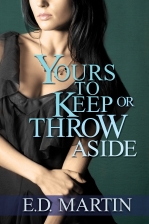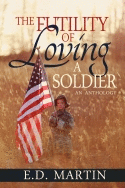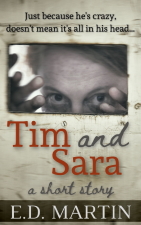The books: No Country for Old Men by Cormac McCarthy and A Simple Plan by Scott Smith
The music: “Take the Money and Run” by the Steve Miller Band
I don’t watch a lot of movies. But when I do, I almost always try to read the book as well, to compare. Such was the case with No Country for Old Men, which I watched a couple weeks ago (yes, I’m a bit late to this one, I know). And A Simple Plan, which I first watched a couple years ago but rewatched not too long ago.
In No Country for Old Men, a Texas guy hunting antelope comes across the remains of a drug deal gone bad. Everyone involved is dead, so he takes the money and runs, thinking the money will solve all his problems. A psychopath bounty hunter pursues him, as does a bunch of nameless Mexican thugs. Lots of people die in very bloody, matter-of-fact ways. The book is an excellent commentary on perceptions of changing society and what role, if any, we’re required to play to change society for the better.
In A Simple Plan, some guys hunting in Minnesota come across a downed plan. The pilot is dead, so they take the money and run, thinking the money will solve all their problems. A fake FBI guy pursues them, and no one can keep their mouths shut about the money. Several people die.
In both cases, maybe the main characters’ lives weren’t perfect, but they were a lot better before they found the money than at the end of the stories. Had they just left the money, or turned it over to real law enforcement, their lives at the end of the stories still wouldn’t be perfect, but everyone would still have be alive.
So, despite what Steve Miller tells us about Billy Joe and Bobby Sue, if you find a bag of money, do not take the money and run! Because people will die.
(Also, these are both very good movies. McCarthy’s book is better than the movie – it ties up a lot of stuff left out of the movie – and Smith’s book is not as good as the movie. In fact, don’t read his book; just watch the movie.)

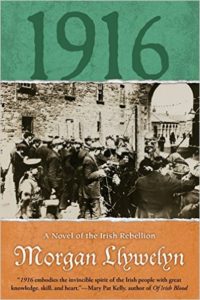 The book:
The book: 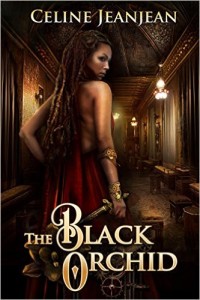 The book:
The book: 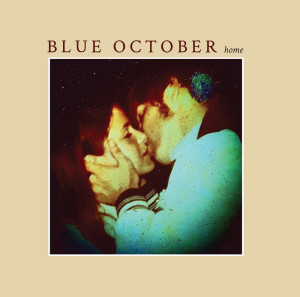
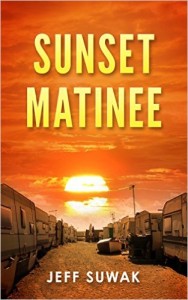 The books: “
The books: “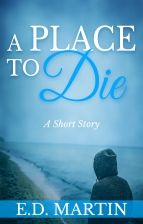 “
“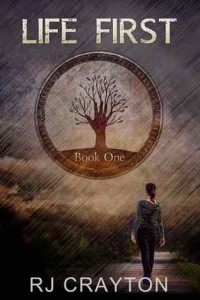 The books:
The books: 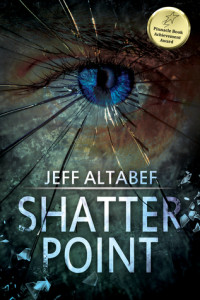 But the FoSS government isn’t necessarily all bad. As we learn in book two,
But the FoSS government isn’t necessarily all bad. As we learn in book two, 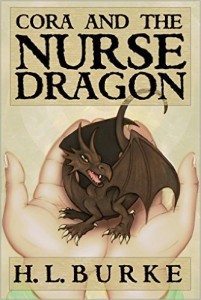 The book:
The book: 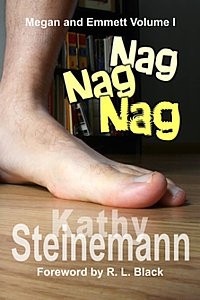 The book:
The book:  The books:
The books: 
